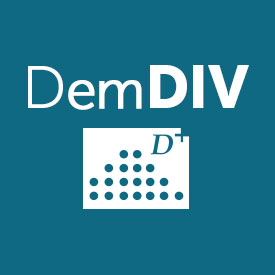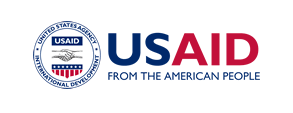The Health Policy Project ended in 2016. Work continued under Health Policy Plus (HP+) until 2022.
Demographic Dividend

David Blume
Overview
The demographic dividend is an opportunity for economic growth, development, and improved well-being that arises as a result of changes in population age structure. When fertility rates decline significantly, the share of the working-age population increases in relation to previous years. With a higher proportion of adults relative to children, working-age people have fewer dependents to support with the same income and assets, making more resources available to invest in each child and in the economy as a whole. In turn, when educated workers are actively employed and the economic environment is favorable, productivity and incomes can increase, driving a demographic dividend.
What We Do
The Health Policy Project (HPP) is generating new materials to highlight the potential benefits of the demographic dividend in countries where fertility rates remain high. These include the new DemDiv model, which can be used to project the potential demographic dividend in any country, and several other resources linked below.
To make the dividend a reality, countries must pursue an integrated set of policies that improve health outcomes and meet the need for family planning while also educating and training workers, promoting new job opportunities for young people, and strengthening economic stability and governance. The policy decisions of today will make a world of difference in the development opportunities that lie ahead.
Publications and Resources
DemDiv Model
To meet the data needs of policymakers, whose enthusiasm for the potential economic benefits of the demographic dividend is growing, the Health Policy Project developed DemDiv, a new, customizable projection model. DemDiv is a user-friendly, evidence-based tool that informs policymakers in high-fertility countries of the potential benefits of the demographic dividend and can increase their support for investments in the multisectoral policies required to achieve those benefits. The model can be applied in any country, and allows users to design multiple scenarios showing how the combined power of policy investments in family planning, education, and the economy can generate a demographic dividend not possible under the status quo.
Modeling the Demographic Dividend: Technical Guide to the DemDiv Model
This technical guide describes the rationale and design of the two-part model, which consists of equations describing capital formation, employment growth, and total factor productivity as a function of age structure and other social and economic variables. Applied to any country, DemDiv allows users to design multiple scenarios that capture the effects of different policy interventions and quantify the demographic dividend.
Harnessing the Demographic Dividend: Accelerating Socioeconomic Transformation in Uganda
This brief by Uganda’s National Planning Authority describes how Uganda and its people could benefit from the demographic dividend, based on results from DemDiv, a new modeling tool developed by the USAID-funded Health Policy Project.
Demographic Dividend Opportunities for Kenya: Results from the DemDiv Model
This brief describes the potential for a demographic dividend in Kenya, based on the pilot application of DemDiv, a new modeling tool developed by the USAID-funded Health Policy Project that projects the demographic and economic effects of interacting policy changes in the family planning, education, and economic sectors.
This online tool shows animated population age structures between 1980 and 2040 in countries with high fertility rates. Users can compare countries to each other and see how a country's age structure will differ in the future based on a low and high fertility scenario.
Achieving the Demographic Dividend in Malawi
This overview illustrates how investment in family planning in Malawi improves health outcomes and strengthens the impact of other development initiatives in youth employment, education, training, and health.
Presentation: The Demographic Dividend: A Window of Opportunity for the Next Generation
This presentation reviews current demographic indicators for Nigeria, highlighting comparisons with other countries that have opened the window of opportunity and achieved the dividend, and as presents some of the policy investments required now and in the future.
Understanding the Demographic Dividend
This POLICY Project brief defines the demographic dividend; its connection to labor supply, savings, and human capital; and the policies needed to take advantage of the demographic dividend.
Family Planning Tools and Web Applications
These interactive tools developed by Avenir Health (previously Futures Institute) allow users to explore family planning concepts, including the demographic dividend, population momentum, and meeting unmet need for contraception.
News
Demographic Dividend Analysis Generates Support for Family Planning in Uganda


